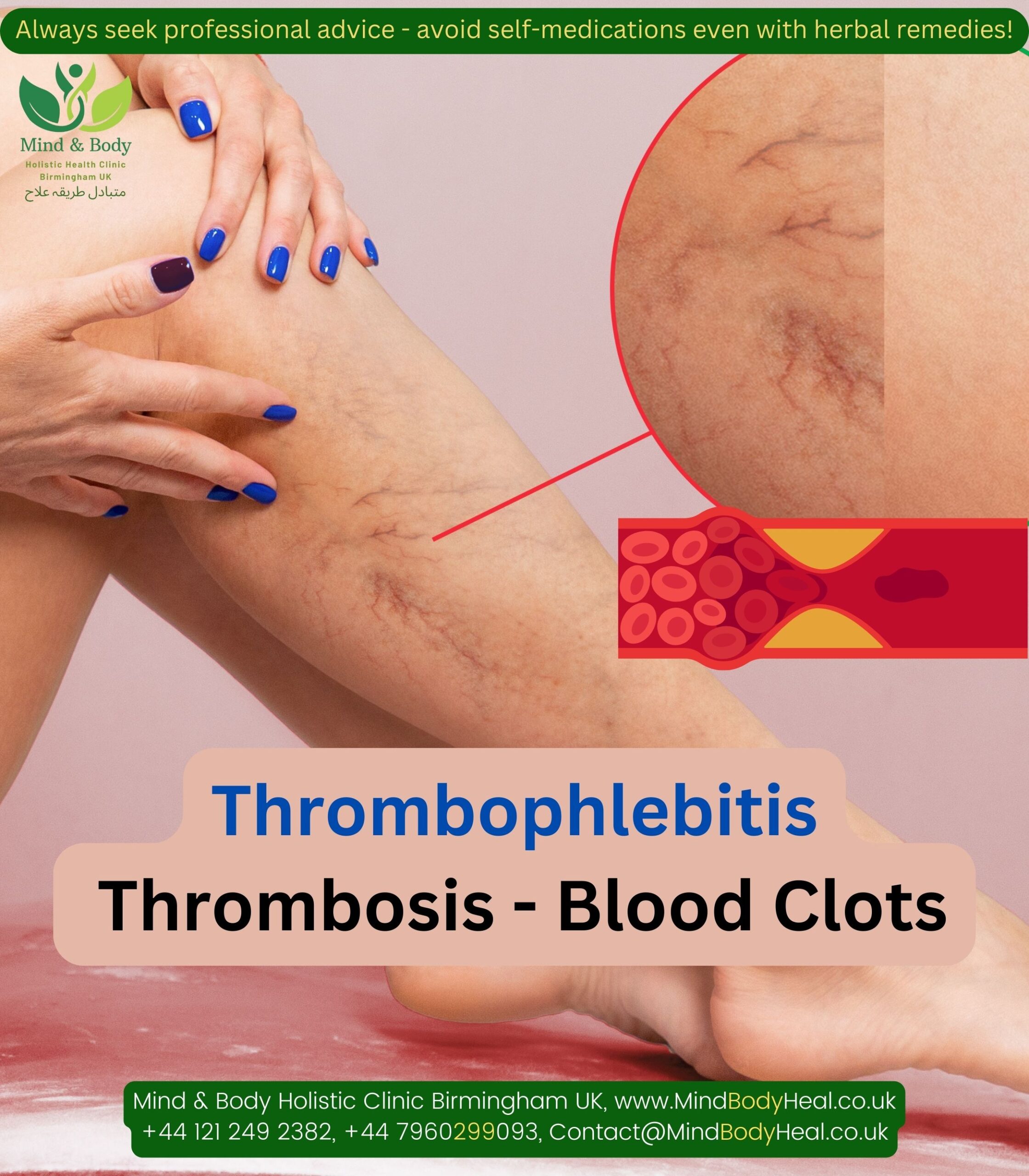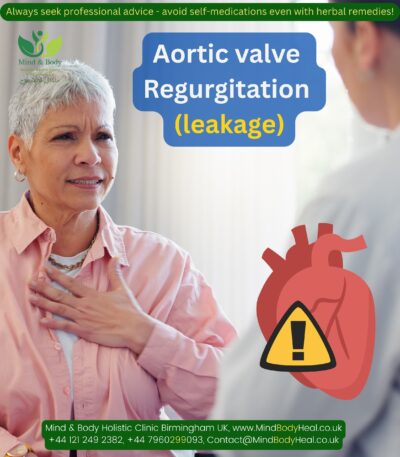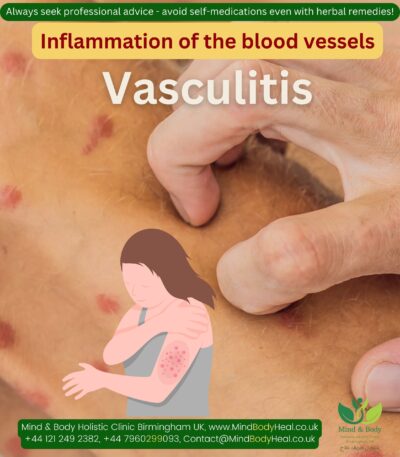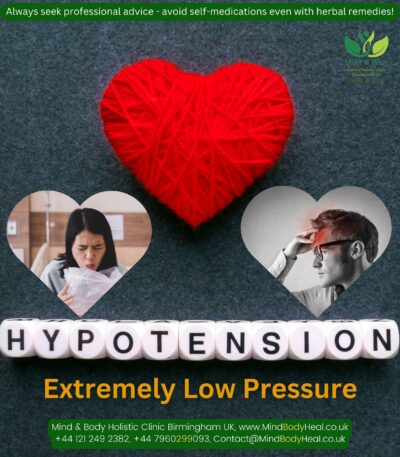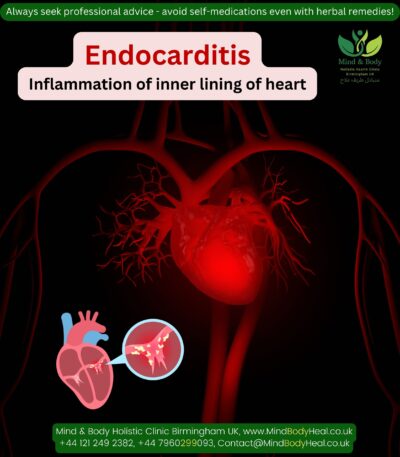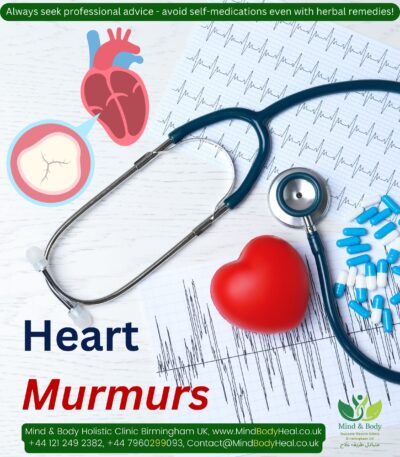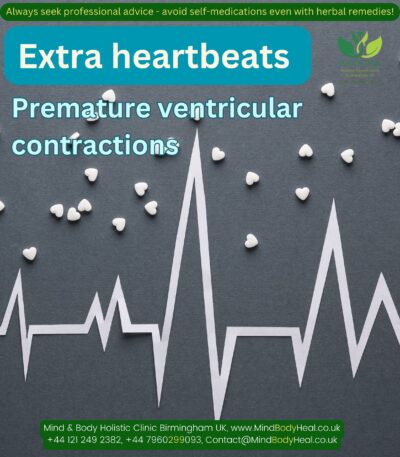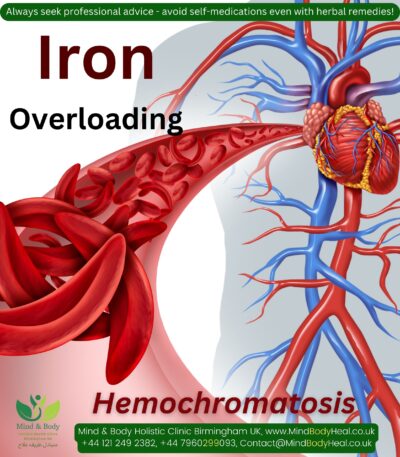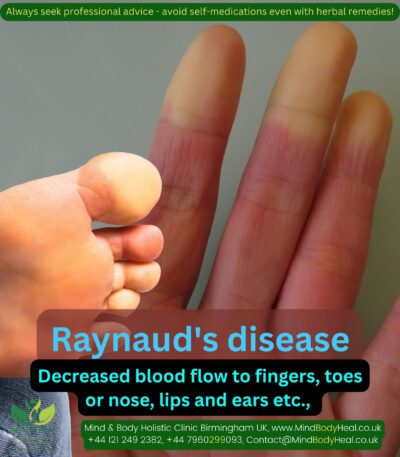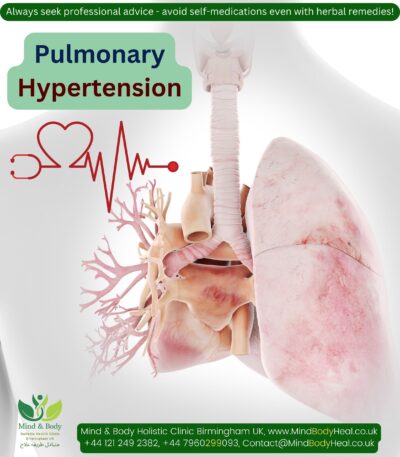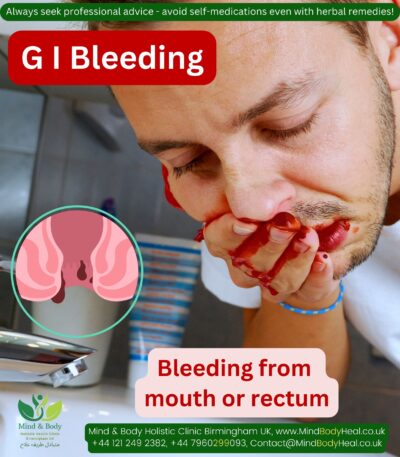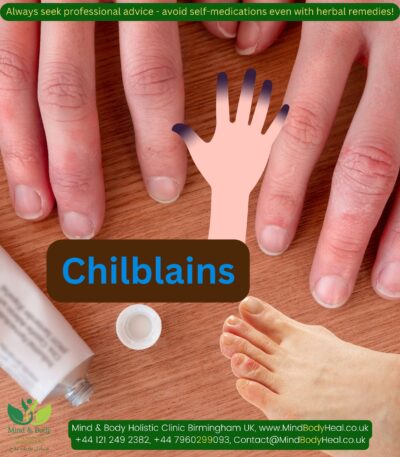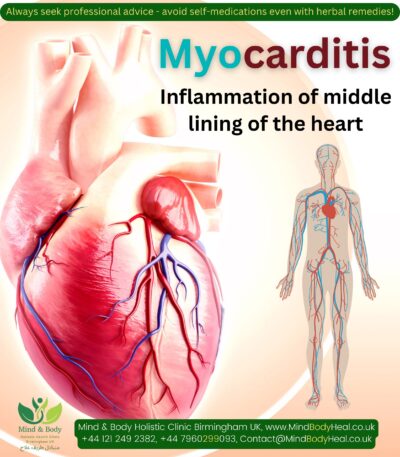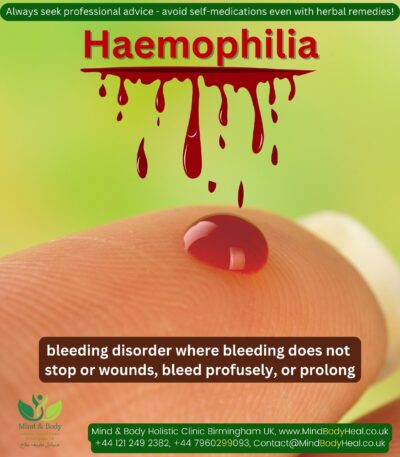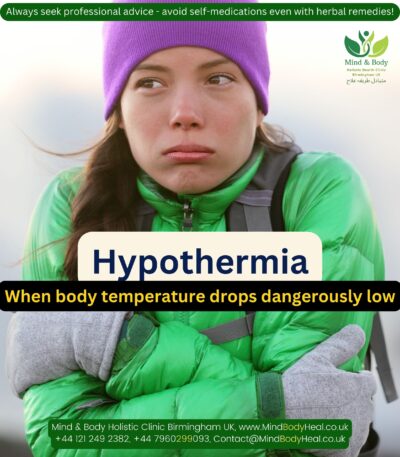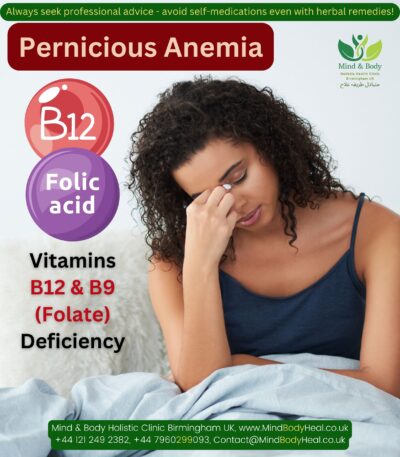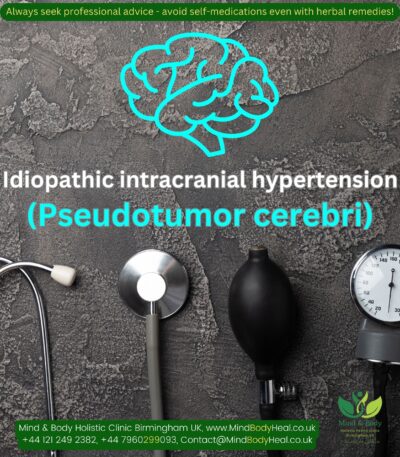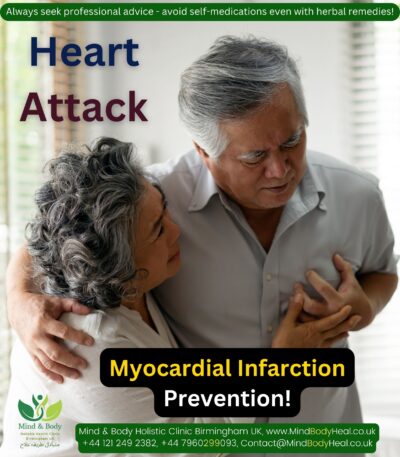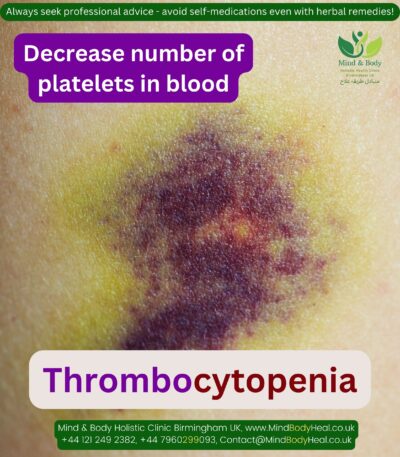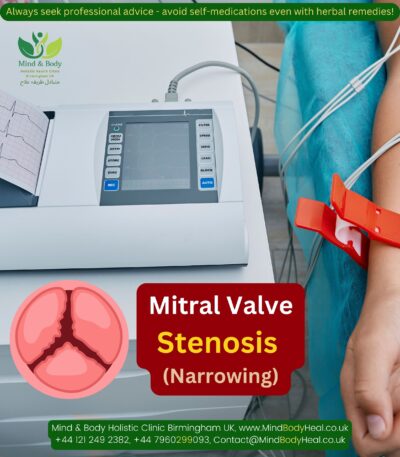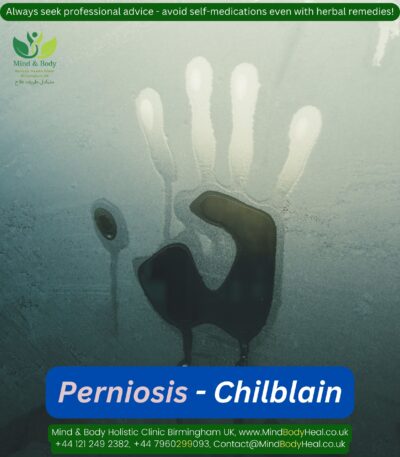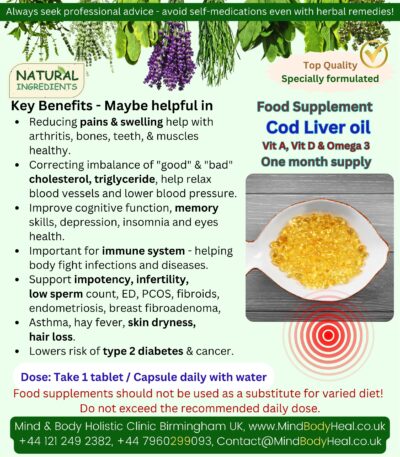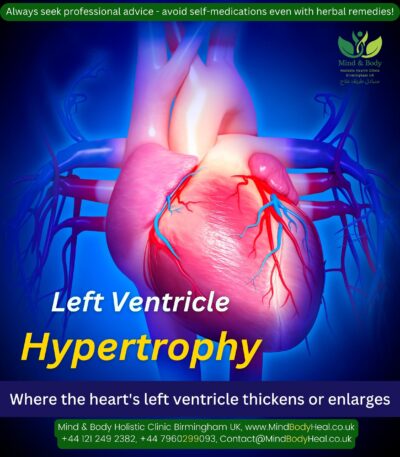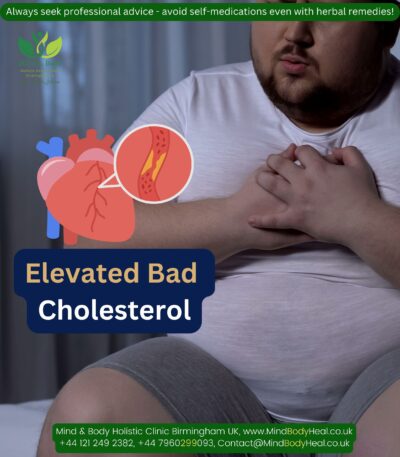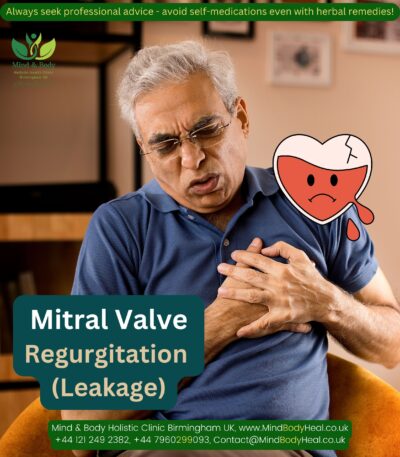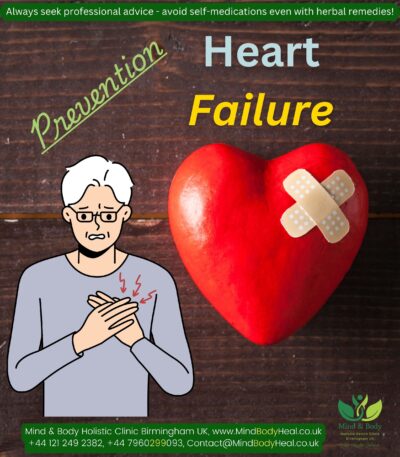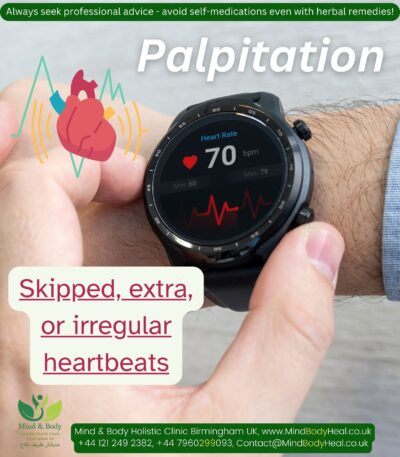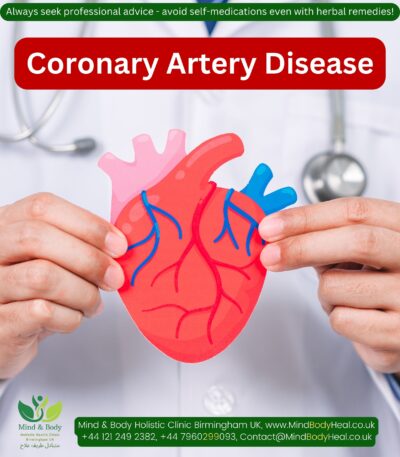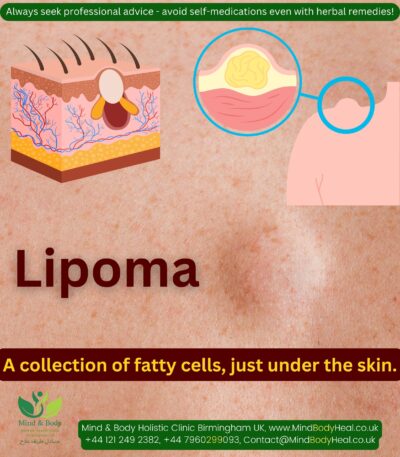Thrombophlebitis – Thrombosis – Blood Clots:
Thrombophlebitis is a condition that causes a blood clot to form and block one or more veins, often in the legs.
Clots in the blood stream can lead to dangerous complications like pulmonary embolism, coronary heart disease or stroke.
Blood clots stop you from losing too much blood after an injury, stop germs from getting into a wound and allow the wound to heal. However, sometimes blood clots form in the blood stream when there hasn’t been an external injury.
It’s possible for a blood clot (or thrombus) to form on the wall of a blood vessel or in the heart when blood, platelets, proteins and cells stick together. However, a blood clot stopping the flow of blood is a serious health issue that must be treated right away.
Typically, your body will naturally dissolve the blood clot when the injury has healed. Sometimes clots form on the inside of vessels when there is no external injury, or they don’t dissolve naturally.
If blood flows too slowly and starts to build up, large numbers of platelets may group together, stick to each other and form a blood clot. When blood clots form inside of your veins without a good reason, and don’t dissolve naturally, they urgent medical attention.
Luckily, blood clots are the most preventable types of blood conditions – you can decrease your chances of developing a blood clot with simple lifestyle changes. If you already have a blood clot, there are things you can do to limit the amount of time you are on blood thinners and other conventional forms of treatment.
Common Blood Clot Symptoms
Blood clot symptoms vary depending on where the clot is located.
Heart — heaviness or pain in the chest, shortness of breath, sweating, nausea, light-headedness, and discomfort in other areas of the upper body
Brain — weakness of the face, arms or legs, vision problems, difficulty speaking, sudden and severe headache and dizziness
Lung — sharp chest pain, shortness of breath, racing heart, fever, sweating and coughing up blood
Arm or Leg — sudden or gradual pain, swelling, tenderness and warmth
Abdomen — intense abdominal pain, vomiting and diarrhoea.
Types of Blood Clots
Blood clots can occur in your veins or arteries. Both are vessels that help transport blood throughout the body, but they function differently.
Veins are vessels that carry oxygen-depleted blood away from the body’s organs and back to the heart. When an abnormal blood clot forms in a vein, it may restrict the return of blood to the heart, causing pain and swelling as blood gathers behind the clot.
Deep vein thrombosis (DVT) is the formation of a clot or thrombus in a major, or deep veins of the body.
It may be primary, non-inflammatory process or a secondary reaction to local or distant inflammatory process.
Most deep vein blood clots occur in the lower leg or thigh. But they can also occur in other parts of the body, like the arms or pelvis.
When a blood clot in a deep vein breaks off and travels through the bloodstream, the loose clot is called an embolus. An embolus can travel through the heart to an artery in the lungs where it becomes wedged and blocks blood flow.
This is an extremely dangerous, life-threatening condition called pulmonary embolism and require immediate attention.
Possible causes of thrombosis
- Genetics or family history
- Old age – Being older than 60
- Prolonged bed rest or lack of physical activity
- History of previous episodes of thrombophlebitis
- Have had a stroke
- Obesity or being overweight
- Varicose veins
- Pregnancy or Post delivery
- Use of oral contraceptive
- Use of a hormone replacement therapy, which can make your blood more likely to clot
- High blood pressure
- High cholesterol
- Diabetes
- Smoking
- History of certain medical conditions such as Myocardial infarction, Congestive heart failure, Cancer of pancreas or lungs
- Some cancers and their medications increase substances in the blood that cause the blood to clot.
- Nephrotic syndrome
- Hip fracture
- Homocystinemia
- Surgery of abdomen and pelvis
- IBD’s – Inflammatory bowel disease e.g., Crohn’s disease or ulcerative colitis.
- Thrombocythemia (increased number of platelets in blood)
- Polycythaemia vera (increased number of red cell in blood)
- Myelofibrosis (fibrosis of the bone marrow)
- Coagulation disorders – deficiency of anticoagulants like Antithrombin III, Proteins C and S, Factor II or V leiden
- A pacemaker or have a thin, flexible tube (catheter) in a vein, for treatment of a medical condition, which may irritate the blood vessel wall and decrease blood flow.
Superficial thrombophlebitis signs & symptoms include:
- Warmth and pain in the affected area
- Redness and swelling
- Hard cord just under the surface of the skin that’s tender to touch.
While deep vein thrombosis signs and symptoms include:
- Swelling
- Pain in calf muscle and occasionally in ankle
- Sensation of tightness in the calf
- Deep calf tenderness
- Occasional tenderness in the region of groin
- Feeling of warmth in the affected leg
- Fullness of superficial veins
- Rise in temperature of the local area
- Local oedema (swelling)
- Cyanosis or blue discoloration that is change in skin color on the leg — such as red or purple, depending on the color of your skin
Typical signs of pulmonary embolism include.
- Sudden breathing difficulties
- Coughing
- Coughing up blood
- Chest pain
Arterial Blood Clots. Clotting that occurs in the arteries is different than when it occurs in the veins. Arteries are muscular vessels that carry oxygen- and nutrient-rich blood from the heart to other parts of the body. Clotting in the arteries is usually associated with the hardening of the arteries, called atherosclerosis.
Atherosclerosis occurs when plaque narrows the inside of the vessel. Plaque is made of cholesterol, fatty substances, cellular waste products, calcium and fibrin, a clotting material in the blood. When the passage in the artery begins to narrow, the strong arterial muscles continue to force blood through the opening with a lot of pressure. This can cause the plaque to rupture.
The molecules that are released in the rupture can cause the body to react by forming an unnecessary clot in the artery. At this point, your tissues and organs no longer get enough blood or they might not get any blood at all. Because this kind of blood clot usually develops in the coronary arteries or inside the heart, it can cause a heart attack or stroke. In fact, atherosclerosis is the primary cause of heart disease and stroke.
Venous Blood Clots – In superficial thrombophlebitis, the vein is near the surface of the skin. In deep vein thrombosis or DVT, the vein is deep within a muscle. Blood clots that form in the deep veins of the legs if blood flow is restricted, and it slows down. This may happen when you are.
- Immobile for long periods such as after surgery
- During a long trip in an airplane or car
- Stay in bed for an extended time.
Factors that can increase your risk of developing venous blood clots include
- Surgeries or trauma
- A family history of blood clots
- Age (over 60 years old)
- Obesity
- Pregnancy
- Smoking
- Oral contraceptives
- Cancer or coagulation disorders
Causes and risk factors for arterial clots include;
- Obesity
- Lack of exercise
- High blood pressure
- High cholesterol
- Diabetes
- Smoking
There is a dramatic increase in the risk of both arterial and venous blood clots with age. This may be due to;
- Vessel wall damage
- Decreased regular exercise
- Increasing immobility
- Increasing systemic activation of blood coagulation
DO’S & DONT’S – Prevention
- Do gentle exercise of extremities while in bed
- Elevate the legs by keeping a pillow etc. under the legs during sleep to reduce the oedema
- Take a walk. If you’re flying or riding a long-journey such as in a train, bus or in your care, walk up and move around. .
- Move your legs regularly.
- Flex your ankles or carefully press your feet against the floor or footrest in front of you at least 10 times each hour.
- Drink plenty of water or other non-alcoholic fluids to avoid dehydration.
FREE Shipping included – Usually dispatched within 1 – 2 working days!
Are you concerned about your health or have been suffering from a chronic, recurrent health disorder?
A ready-made kit that comes with instructions as how to take or use the remedies etc., containing 2 homeopathic remedies. Suitable for individuals over 18 years of age.
Give it a try, if you truly believe in Natural holistic remedies!
Ideally, complimentary remedies should go hand-in-hand with conventional treatment for optimal recovery, and you may take them along with your regular medicines, if any, for additional benefits!
All our remedies are prepared according to Hahnemann principles, using traditional method of dilution or succussion, by a fully qualified naturopath practitioner after a lot of research, proving and great success results from a number of our in-house patients having similar conditions – Still the results may vary from person to person!
You may need to continue taking these remedies from few weeks to few months or until the desired results – depending upon the severity and chronicity of your condition.
You may also contact and speak to one of our naturopaths to discuss any dietary requirements or allergies you may have, or ingredients used in preparation of the above kit.
If you are looking for a particular remedy or a kit not listed on this site, please contact us, as we stock a wide range of complimentary remedies that you may need.
We also make tailor-made homeopathic remedies, as per your causative factors, physical & mental peculiar signs & symptoms etc., if you need any further information please feel free to message.
DISCLAIMER: Although, most natural remedies including herbal supplements, homeopathic remedies or aromatherapy formulations for external use etc., are generally very safe even in children and old age, we still recommend you to seek medical advice from your GP / personal health provider before making your purchase etc., if unsure.
Some patients may experience a little aggravation or worsening of their symptoms, specially in skin disorders – which is absolutely normal and a good sign, as most natural remedies tend to bring the disease in its expressive state – rather suppressing it deeper under the skin etc.
This complimentary remedies kit is taken with your own responsibility. Please avoid self-medication specially if you are pregnant, breastfeeding or have been suffering from any chronic or terminal medical conditions etc.
Due to strict UK regulations on the sale of medicinal products, we cannot give specific advice, without a face-to-face consultation.


